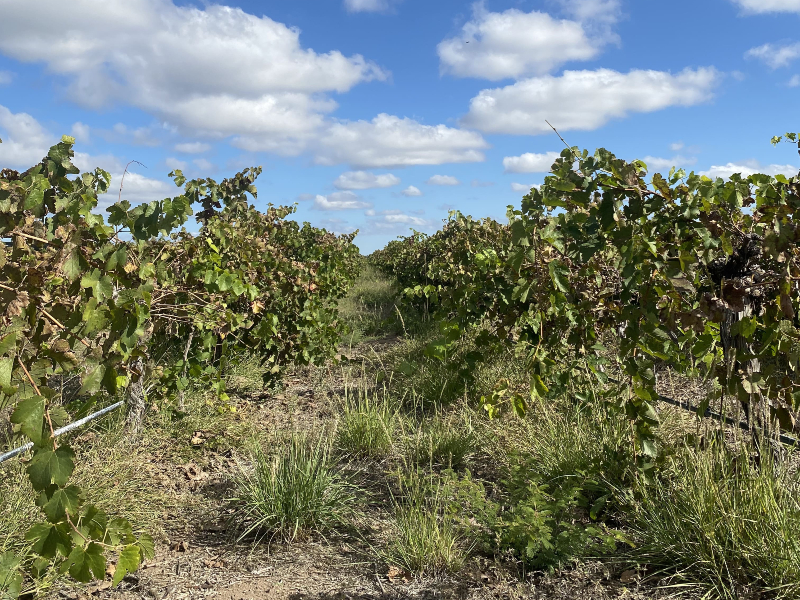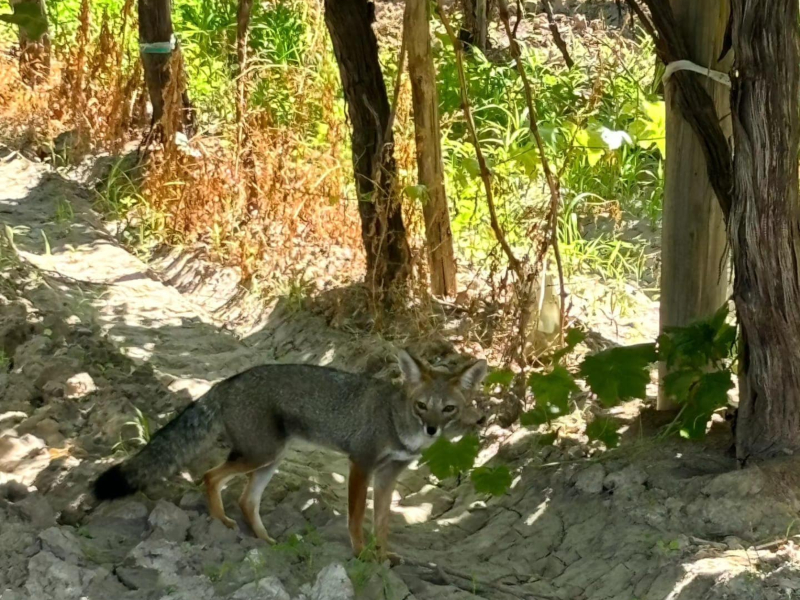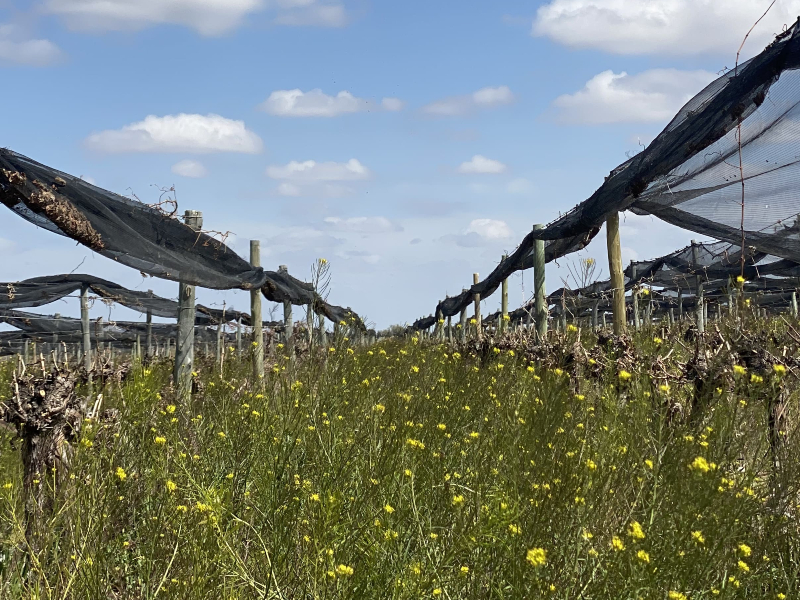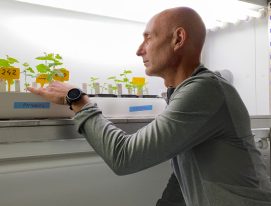In a landscape with a completely different look to other regions in the province, the east of Mendoza has been returning to prominence.
The resurgence of the area, which is made up of 5 departments, Junín, Rivadavia, San Martín, Santa Rosa and La Paz, is down to the appearance of new wine profiles and the producers behind them.
The east of Mendoza: characteristics and qualities

According to the most recent data, released in 2022, the east of Mendoza has 60,890 hectares under vine, representing 29.4 percent of the vineyards of Argentina.
Of the five main departments, the largest in winegrowing terms is by far San Martín, which has 26,802 hectares under vine, 18.2% of all the vineyards in Mendoza and twice the surface area of Luján de Cuyo, for example.
This is in spite of the fact that in recent years the overall number of vineyards has shrunk by 3600 hectares.
The soils are generally deep with some rocky areas and others rich in sand. The altitude of the east of Mendoza doesn’t rise higher than 2300 feet meaning that it’s a little warmer than the rest of the province by day and night.
The most commonly planted varieties are Criolla Grande, Cereza, Bonarda, Malbec and Pedro Giménez and one also finds, in lesser quantities, Syrah, Cabernet Sauvignon, Aspirant Bouchet, Moscatel Rosado, Ancellotta, Sangiovese and several more.
An area with an illustrious past

Marianela Rossi Martínez, the oenologist at Bodega Reval San Isidro, which was founded in 2010 and pioneered high quality varietal wines in Rivadavia, believes that the first distinctive quality of the east of Mendoza is that it was “the birthplace of the viticultural industry in Mendoza, the home of historic wineries such as Gargantini and Tittarelli, meaning that it has a rich history.”
Lucas Niven, the producer and owner at Bodega Niven, agrees, saying that the old vineyards in the east of Mendoza “need to be taken care of, and promoted to introduce the world to the large number of century-old wineries owned by Mendocinos for generations, which are part of the viticultural heritage of the province.”
As one of the regions with the greatest number of old, direct planted vineyards and varieties; dating back to between 1900 and 1930, in the country, Lucas argues that special care is warranted because “not everything has to be perfect and new.”
A new route to tour

The age of the vines and wineries of the east of Mendoza would seem to have found a perfect complement in a new wave of young producers who, like Lucas and Marianela, have worked for several years now on producing a different profile for the region.
Matías Morcos, who is part of a family project that dates back 50 years, decided to take on the challenge of producing precise wines from grapes that were intended for mass-market output.
Matías thinks that although one doesn’t find the sharp variations one sees in the Uco Valley, “there are a large number of terroirs and micro-terroirs with different climates, which means there’s a lot to research and learn more about.”
Implementing a philosophy that involves rethinking viticulture in the area, obsessive work on the quality of the vines and the work at the winery, and creating a signature style that establishes clear differences with other viticultural areas with originality and authenticity, Lis Clement is responsible for Finca Feliz, a line of low intervention wines from Bodega Clément, the family project she runs with her father Carlos.
For Lis, the distinctive aspect was being able to work with grapes that realize their full potential in warmer areas such as Bonarda, and she’s already found “increasing interest in the market for wines that revive forgotten stories and less traditional varieties.”
A revolution for the future

Recently, consumer trends have shown increased demand for fresher, less-alcoholic wines, two aspects in which the east of Mendoza is able to offer compelling options.
Santiago Vignoni, the winemaker at Macollo Wines, says that this reflects the changes implemented by several young producers a few years ago. The key was to “start tasting what your neighbor was doing and exchange knowledge and opinions, which led us to begin making varietals that had never been made as standalone wines before.”
Lis Clement thinks that another factor to ensure a grand future will be “preserving the diversity of small producers where the profitability of small surface areas is guaranteed by good market value, and new tourism opportunities that reflect the diversity of the national wine scene.”
Historically destined to supply table wines for the domestic market, today the east of Mendoza is being driven by a new, dynamic generation that tirelessly works to keep the local wine heritage and culture alive.



